New insights into PAH and ILD in patients with the antibody
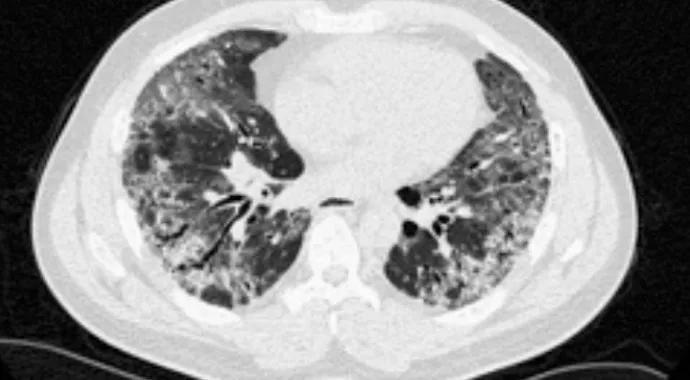
By Hiromichi Tamaki, MD, and Soumya Chatterjee, MD, MS, FRCP
Cleveland Clinic is a non-profit academic medical center. Advertising on our site helps support our mission. We do not endorse non-Cleveland Clinic products or services. Policy
Patients with anti-PM-Scl antibody can present with one of several different phenotypes:
In large registries of SSc, anti-PM-Scl antibody can be seen in approximately 3 percent of patients.1,2 Both diffuse and limited cutaneous SSc (dcSSc and lcSSc) phenotypes were seen in patients with anti-PM-Scl antibody, with a possible slight predominance of lcSSc over dcSSc. Myositis was observed in 35 to 45 percent of patients with anti-PM-Scl antibody in these cohorts.1,2 Anti-PM-Scl antibody can be seen in patients with PM/DM, but the prevalence of this antibody in PM/DM is currently unclear. A small study from France3 revealed that both PM and DM were observed in patients with inflammatory myopathy and anti-PM-Scl antibody.
Pulmonary arterial hypertension (PAH) is known to be associated with SSc, but no association with PM/DM has been established. Moreover, there is no well-designed published study evaluating PAH in patients with anti-PM-Scl antibody. Previously published studies used a broad definition of PAH including either right heart catheterization (RHC)-proven PAH or estimated values based on echocardiogram.
Recent discoveries of novel medications for treating PAH, especially among patients with SSc, have been encouraging and have important implications for PAH associated with other autoimmune rheumatic diseases. Annual screening for PAH is recommended and considered standard of care for patients with SSc, but whether similar recommendations should be applied to patients with anti-PM-Scl antibody, particularly those presenting only with PM/DM, has not been addressed in the medical literature to date.
To address this question, we conducted a retrospective study of patients with anti-PM Scl antibody at Cleveland Clinic using electronic medical records.
Among 42 patients with anti-PM-Scl antibody, five had PAH by RHC (Figure 1) — two without interstitial lung disease (ILD) and three with ILD. PAH in patients with anti-PM-Scl antibody mainly appeared to be associated with a phenotype of DM with or without SSc. The prevalence of PAH was significantly higher than that of idiopathic PAH in the general population based on historical cohorts of five studies published in the past 10 years but appeared to be comparable to that in patients with SSc based on historical cohorts of seven studies published in the past 10 years.
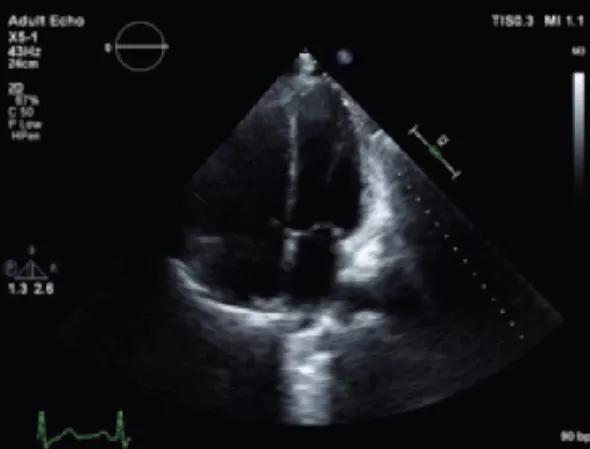
Figure 1. Apical four-chamber view on echocardiography showing a dilated right ventricle in a patient with anti-PM-Scl antibody secondary to pulmonary arterial hypertension.
ILD has been known to be associated with SSc. Its histopathologic profile in SSc predominantly includes nonspecific interstitial pneumonia (NSIP), particularly the fibrotic subtype of NSIP. ILD is also associated with PM/DM, especially in the setting of anti-synthetase syndrome. The latter is a clinical syndrome associated with antibodies to aminoacyl-tRNA synthetase enzymes and characterized by inflammatory myopathy, ILD, “mechanic’s hands,” inflammatory nonerosive polyarthritis and fever. The histopathology of ILD in patients with PM or DM is also known to be predominantly NSIP.
In our cohort of 42 patients with anti-PM-Scl antibody, ILD was described on thoracic high-resolution CT scan (HRCT) in 27 patients (64.3 percent). HRCT images available for review in 23 patients revealed predominantly fibrotic NSIP (observed in 56.5 percent) (Figure 2), but cellular NSIP (Figure 3), organizing pneumonia and usual interstitial pneumonia were also seen. Fifteen patients had follow-up HRCT images available (mean follow-up, 46.5 months); among these patients, 40 percent of those with initial cellular NSIP progressed to fibrotic NSIP, as did all patients with organizing pneumonia.
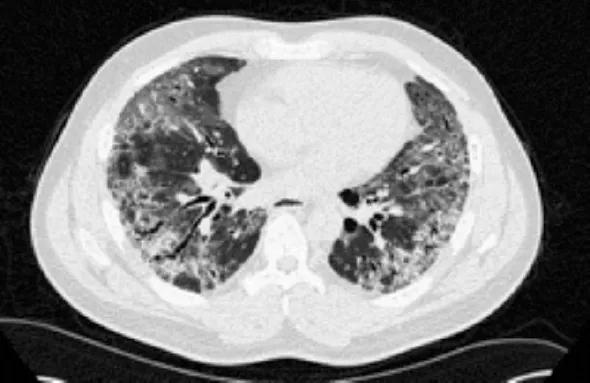
Figure 2. Mixed ground-glass opacification and reticular pattern in a patient with fibrotic nonspecific interstitial pneumonia.
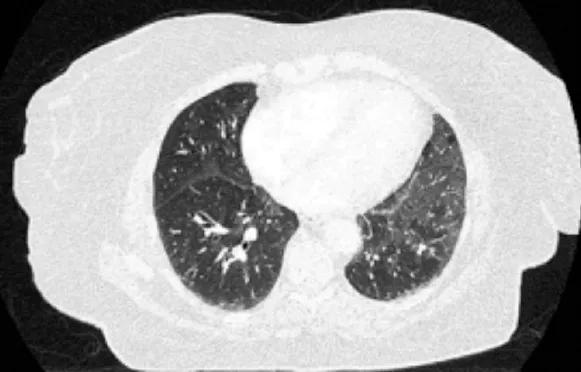
Figure 3. Ground-glass opacification in a patient with cellular nonspecific interstitial pneumonia.
Our study has limitations, given that it is a retrospective chart review of a relatively small number of patients from a single tertiary care academic center. Moreover, because it is not considered standard of care to test for anti-PM-Scl antibody in patients with SSc or PM/DM, or to screen for PAH in patients with PM/DM, further biases may have been introduced.
However, this small study puts forth important observations that require further validation in larger prospective studies. A higher prevalence of PAH was seen in patients with anti-PM-Scl antibody, and this appeared to be mostly associated with a phenotype of DM with or without SSc. The diagnosis of PM/DM does not require an autoantibody profile, but anti-PM-Scl antibody may be worth testing for in patients with PM/DM as a possible predictor of PAH. Moreover, annual screening for PAH may be worthwhile in patients with anti-PM-Scl antibody, similar to patients with SSc. Whether treatment of PAH improves morbidity or mortality in this subset of patients is not known at this time.
It is also interesting to note the natural progression of ILD patterns in patients with anti-PM-Scl antibody. Over time, all patients with organizing pneumonia and some with the cellular NSIP pattern eventually progressed to fibrotic NSIP.
For a complete list of supporting references, please email the first author (tamakih@ccf.org).
Dr. Tamaki is a vasculitis fellow in the Department of Rheumatic and Immunologic Diseases. He contributed to this research during his previous tenure as a rheumatology fellow in the department.
Dr. Chatterjee directs the Scleroderma Program in the Department of Rheumatic and Immunologic Diseases.
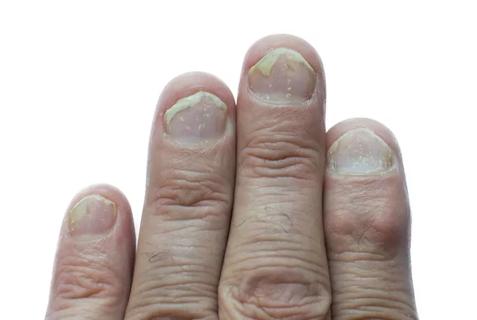
Patient perceptions of disease provides valuable dimension to assessment
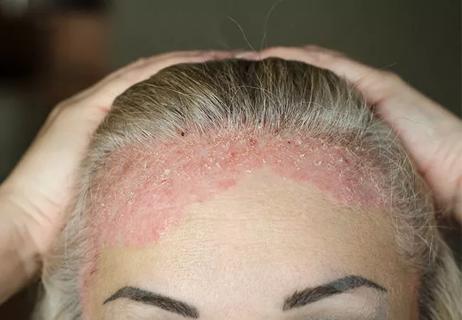
Patient reported outcomes differentiate between remission and low disease activity in PsA
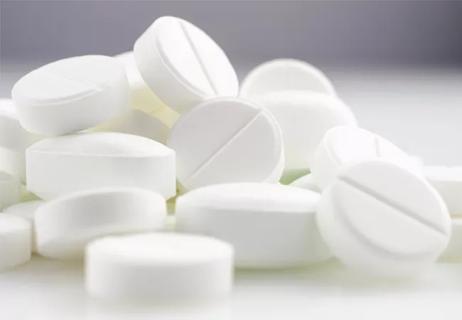
Evidence-based, internally validated method for risk evaluation

What rheumatologists should know

Where are the patients?

Raising more questions than answers
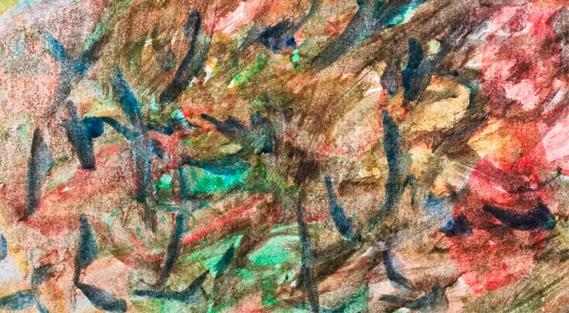
GRAPPA provides first expert recommendations
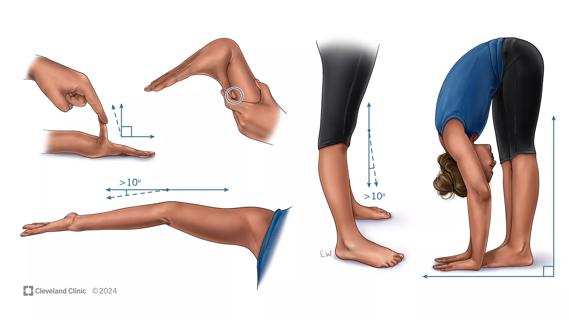
Experienced clinicians can bridge traditional care gap